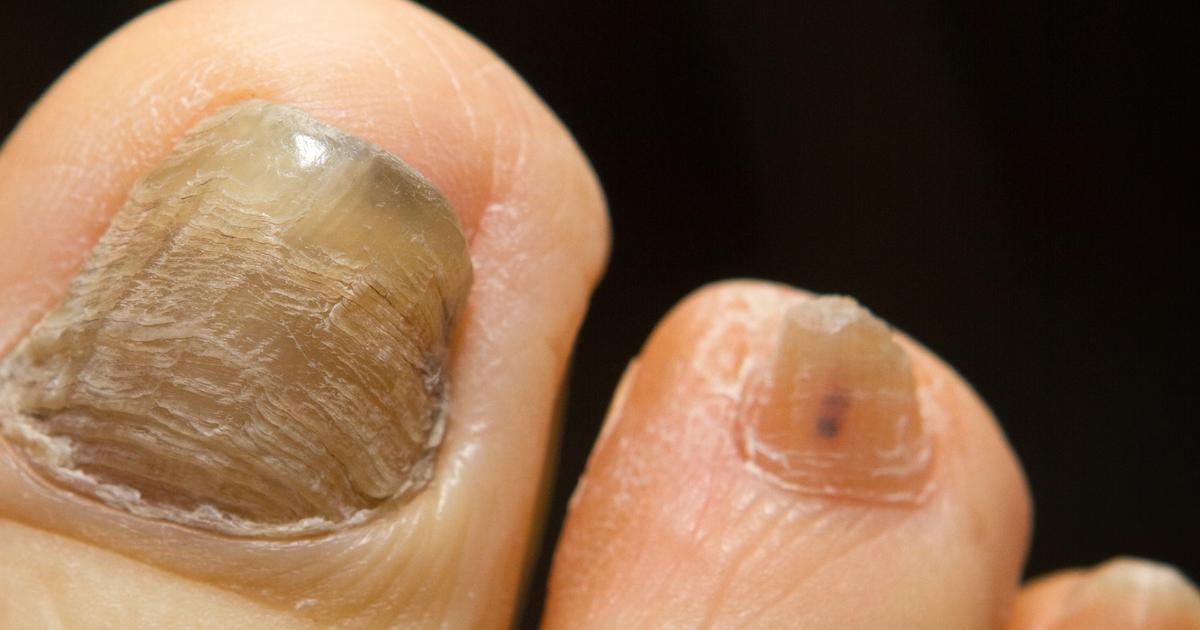Warning Signs Of Onychomycosis
Onychomycosis is responsible for one-third of the fungal skin infections in the world, giving it a place among the most common fungal infections in the world. The infection occurs in the nail bed, plate, or matrix. It's more common for the toenails to be affected than fingernails. The condition makes up half of all cases involving nail disease as well. Most patients with this infection are adults, with those over sixty years old being more susceptible. Reports indicate two to fourteen percent of the population will experience this infection at some point, but some researchers believe the actual incidence may be much higher. The condition can cause multiple issues beyond just cosmetic problems, so diagnosis and treatment are very important.
Foul Smell Around Nails

A foul smell around the nails is a common sign of nail fungus, though not everyone will experience a foul smell, and the smell might develop after the infection has existed for a while. It's more common for infections to start as small spots that can be easy to ignore at first. Foul smells are the easiest way to differentiate a nail fungus from nail psoriasis. Psoriasis often looks similar to a fungal infection, but it doesn't present with an odor. Also, most patients with nail psoriasis also have general psoriasis. Topical medications can sometimes help treat the fungus.
There are a variety of over-the-counter medicines and treatments patients might try to reduce or get rid of the odor. However, to fully eliminate the odor, they'll need to eliminate the fungus at the source. Over-the-counter antifungal agents should be the first course of action, but if those aren't helpful, patients should talk to a doctor. Since nails grow so slowly, it may be a little while before patients see treatment results.
Nail Thickening

One common component of nail fungus is a thickening of the nail. The nail might also be deformed or unusually pitted. Pitting of the nails can happen if individuals sustain an injury, like if they drop a dish or other heavy object on their toes. However, unexplained pitting tends to be a sign of an underlying condition. Nail psoriasis can also cause the nail to become thicker, pitted, or deformed. The thickness of toenails will not typically change without some kind of underlying cause.
When thick toenails are left untreated, they can cause pain. Some researchers believe almost twenty percent of adults have some form of nail fungus. Because the toes are more frequently in wet places than the hands, they're more susceptible to fungus, which will sometimes enter the site through a crack or abrasion in the nail. Because of this, individuals should watch for nail thickening after their toenail becomes damaged. They should try to limit moisture and exposure to unsanitary conditions if one of their toenails is damaged.
